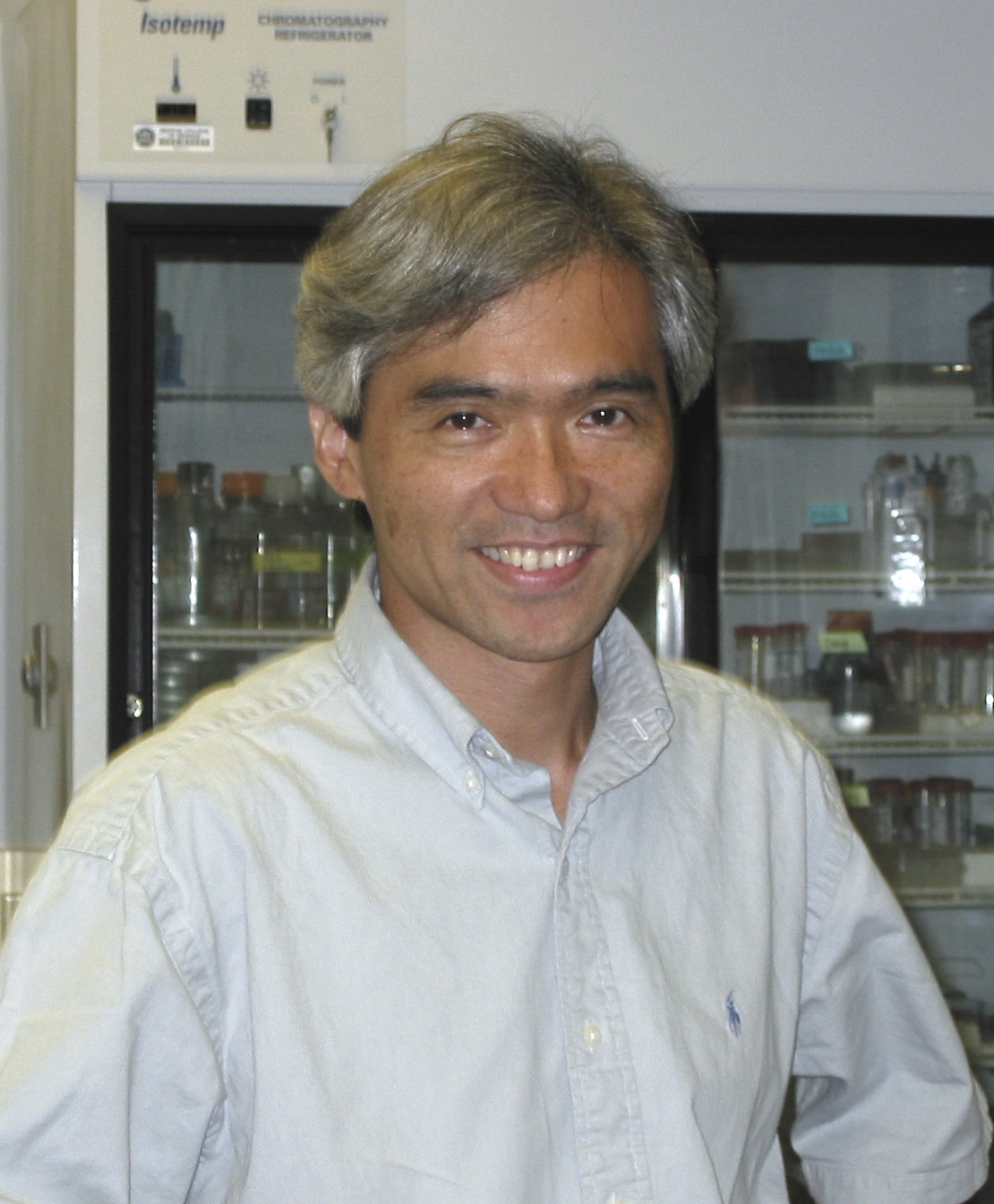TGF-ß suppresses RasGRP1 expression and supports regulatory T cell resistance against p53-induced CD28-dependent T-cell apoptosis. Journal Article
Local Library Link: Find It @ Loyola
| Authors: | Takami, M; Cunha, C; Motohashi, S; Nakayama, T; Iwashima, M |
| Article Title: | TGF-ß suppresses RasGRP1 expression and supports regulatory T cell resistance against p53-induced CD28-dependent T-cell apoptosis. |
| Abstract: | Thymus-derived regulatory T cells (tTregs) play pivotal roles in immunological self-tolerance and homeostasis. A majority of tTregs are reactive to self-antigens and are constantly exposed to antigenic stimulation. Despite this continuous stimulation, tTreg and conventional T-cell populations remain balanced during homeostasis, but the mechanisms controlling this balance are unknown. We previously reported a form of activation-induced cell death, which is dependent on p53 (p53-induced CD28-dependent T-cell apoptosis, PICA). Under PICA-inducing conditions, tTregs survive while a majority of conventional T cells undergo apoptosis, suggesting there is a survival mechanism that protects tTregs. Here, we report that the expression of RasGRP1 (Ras guanyl-releasing protein 1) is required for PICA, as conventional T cells isolated from RasGRP1-deficient mice become resistant to PICA. After continuous stimulation, tTregs express a substantially lower amount of RasGRP1 compared to conventional T cells. This reduced expression of RasGRP1 is dependent on TGF-ß, as addition of TGF-ß to conventional T cells reduces RasGRP1 expression. Conversely, RasGRP1 expression in tTregs increases when TGF-ß signaling is inhibited. Together, these data show that RasGRP1 expression is repressed in tTregs by TGF-ß signaling and suggests that reduced RasGRP1 expression is critical for tTregs to resist apoptosis caused by continuous antigen exposure. |
| Journal Title: | European journal of immunology |
| ISSN: | 1521-4141; 0014-2980 |
| Publisher: | WILEY-VCH Verlag GmbH Co. KGaA, Weinheim |
| Date Published: | 2018 |
LUC Authors
-
 13
13Iwashima
Related LUC Article
